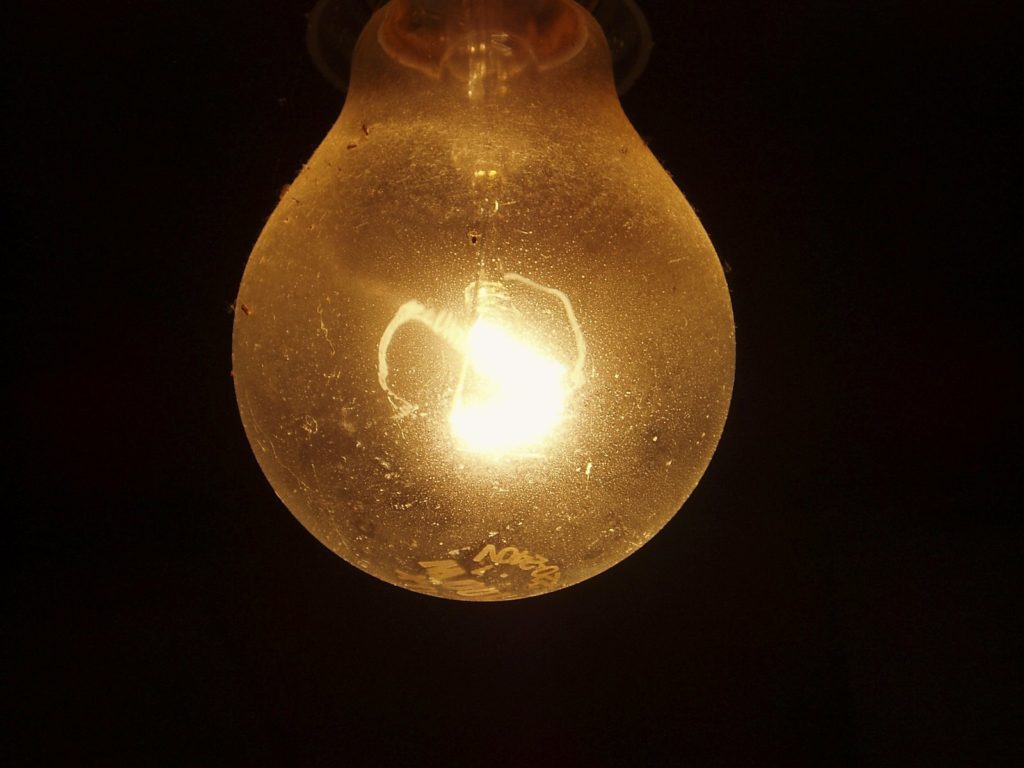The power system remains vulnerable and volatile but the risk of loadshedding is expected to be significantly reduced after September 2021, when Eskom’s reliability maintenance programme will be completed.
The power entity says it’s making progress in the recovery of its operational performance, with its Generation Recovery Programme (9-Point Plan) and reliability maintenance recovery (RMR) programme beginning to show results. Despite the initial challenges posed by Covid-19 lockdown, high levels of maintenance had been sustained with planned maintenance gradually increasing to between 5 500MW and 7 000MW or approximately 12%, the entity said in a media release on Monday 15 March.
“While there is an improvement on some of aspects of the generation plant due to concerted efforts by Eskom employees, we are not where we want to be in terms of performance. The ultimate aim is to improve performance to reduce the risk of loadshedding. The [magnitude]of this task cannot be overstated,” said Eskom Group Chief Executive, André de Ruyter.
The 9-Point Plan prioritises correcting new build defects and De Ruyter said the availability and reliability of the synchronised units at Medupi were showing steady improvement.
Major defects at Ingula Pumped Storage Scheme had been addressed, resulting in each of the four units performing at the full capacity of 331MW since February 2021, from a maximum 245MW previously. Coal stock levels continued to improve, with average coal stock at 52 days by the end of February, excluding Medupi and Kusile. No power station was below the Grid Code minimum requirement of 20 days.
“The resilience of the power system during heavy rains and the cyclone storm Eloise is a clear indication that the significant investment in the wet coal management strategy is paying dividends,” De Ruyter said. “While there also has been significant progress in the reduction of emissions across the Generation fleet, the new minimum emissions standards now in effect mean there is a lot work still to be done to fully meet compliance levels. This is because some of the electrostatic precipitators on the older facilities are incapable of meeting the new minimum emissions standards.”
The Build Programme was progressing well, with Kusile Unit 2 having successfully achieved commercial operation on 29 October 2020, adding 720MW to the national grid.
Kusile Unit 3 and Medupi Unit 1 were on track to achieve commercial operation during the next few weeks and months, De Ruyter said. The addition of Medupi 1 to the grid would bring the number of units in commercial operation at the power station to six, signalling the completion of the construction project.
The Koeberg Nuclear Power Station continued to operate efficiently and within the required safety parameters, and at the lowest primary energy cost of baseload stations. While Unit 1 was currently on a refuelling and maintenance outage, Unit 2 was safely generating electricity to the grid.
“Transmission network performance has seen a marked improvement, however ongoing theft and vandalism of infrastructure continues to impact operations, greatly increasing the risk of power supply interruptions to customers,” De Ruyter said. “Distribution is also prone to criminal activities and to mitigate this Eskom is embarking on several security enhancement projects and is also working closely with the law enforcement agencies.
“Network overloading remains an area of great concern. To protect electricity infrastructure in certain high-density areas associated with high illegal connections, Eskom continues to implement load reduction during peak times.”
Critical vacancies
Critical vacancies at some of the power stations had been filled, De Ruyter said, with only one vacant General Manager Position as a result of death in service.
“The process to fill this vacancy alongside that of the Group Executive for Generation is under way.”
Eskom had recorded a cumulative 4 190 positive Covid-19 cases, including employees and contractors as at 3 March 2021.
“Sadly, we have lost 104 employees and contractors to the pandemic. We extend our sincere condolences to the affected families and relatives,” De Ruyter said.
Eskom Chief Operating Officer, Jan Oberholzer, said: “The unreliability of the ageing fleet, with an uncertainty of about 6 000MW of capacity at any given time, will remain until the reliability maintenance programme is able to address the historical maintenance backlog. The power system remains vulnerable and volatile with the risk of loadshedding significantly reduced after the completion of the reliability maintenance by September 2021.
“Recovering the operational performance is our top priority and we will not compromise on reliability maintenance and mid-life refurbishment.”
- This is an edited media release from Eskom.
[pdf-embedder url=”https://www.grocotts.co.za/wp-content/uploads/2021/03/System-Status-Briefing-15-March-2021Final.pdf” title=”System Status Briefing – 15 March 2021Final”]


